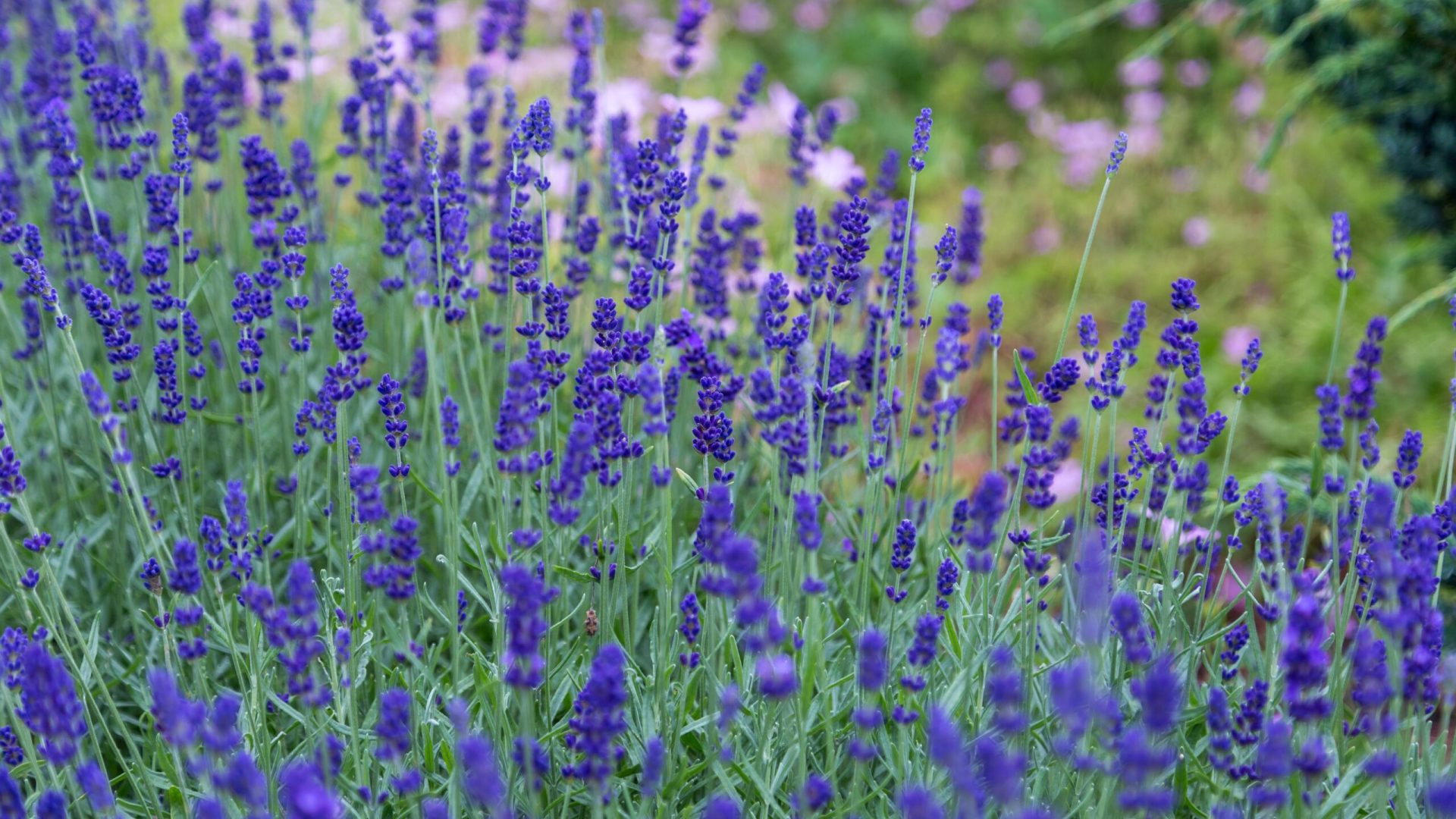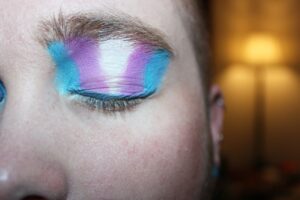Brief History
Aromatherapy has been used as a holistic healing practice for hundreds of thousands of years around the world and is still used today. Various cultures in places like China, India, Greece, and Egypt used aromatherapy as a way of remedying various ailments such as stress and headaches. Aromatherapy is still an important component of Traditional Chinese Medicine (TCM) and involves using scent in different forms, such as, burning incense and extracting oil from natural sources like plants, herbs, or flowers for holistic healing (1). Individuals who use these methods today understand the healing properties of different scents found in nature. The name aromatherapy was termed by a French chemist, Rene-Maurice Gattefossein 1937 (2). He would infuse oil with lavender leaves and use this as a method of soothing his skin from burns that he experienced years prior, in 1910. There is also records of Jean Valnet, a French surgeon using essential oils to help treat injured soldiers. As aromatherapy popularity grew, more and more people began to

document its uses. The first book about aromatherapy was written in 1977 by Robert Tisserand and was titled The Art of Aromatherapy (2). Since the publication of this book and a growing interest in natural healing practices, holistic health methods have become popular in modern culture.
Benefits
The benefits of aromatherapy include both physical and psychological components of health. From a physical standpoint, aromatherapy can be incorporated into a massage therapy practice. Through the use of massage and aromatherapy, the participant is able to target both the physical and emotional causes of stress and tension in the body. Aromatherapy helps reduce stress because your sense of smell is an important neurological pathway within the body and is 200 times stronger than any of our other senses (3). Because of the specialization of our sense of smell, our brain is aware of scent almost immediately. I am going to go through some of the neurobiology but I promise not to bore you with terms. When one is using aromatherapy, the scent travels through the nose every time we inhale. The scent triggers the cilia in our nose to register the scent and this sends a neurological signal to the limbic system. The limbic system is also known as the primitive brain and it regulates basic survival instincts and emotions. ‘Scientists believe that the activity of the nerve signals passing through this region cause mood change by altering brain chemistry’ (3). Aromatherapy has the ability to alter our own individual brain chemistry in a positive way and has the potential to influence our mood throughout the day.
Ways of Using Aromatherapy
Ask any individual who uses aromatherapy about their routine and you may get very different answers. That is because aromatherapy can be used in three different ways, that includes applying the essential oils (mixed with oil or water) directly to the skin, inhaling the scent through a diffuser (other methods are used as well) or consumption (1). All three methods create positive physiological and psychological changes within the body. Aromatherapy is an extremely versatile practice and can be incorporated into your daily routine in many different ways. One way that is really popular is adding essential oils to a warm bath. This is a very calming practice and can be done with different oils depending on the effect you need. Essential oil diffusers are also very popular and allow you to fill a room or office with your favorite scents. Over the years so many different models of diffusers have hit the market that you can get a fairly cheap one on Amazon for example. Finally, homemade mist sprays are easy to make and have the same effect as some of the other methods listed above. Aromatherapy is an important topic to include when discussing alternative methods of healing and stress reduction because we don’t always talk about non ‘western’ ideas around health and wellness. It is important to acknowledge that there are many different routes and pathways to wellness and what works for one person might not work for another. This should encourage individuals to engage in self-discovery mental health practices that fit their lifestyle.
It’s also important to note that you should do some research on the brand and types of essential oils you purchase. To help you get started, make sure you check out this report conducted through years of research on some top essential oil brands.

Some Common Aromatherapy Scents (4)
Eucalyptus
Fennel
Ginger
Lavender
Lemon
Lemongrass
Peppermint
Chamomile
Rose
Rosemary
Helpful Youtube Videos
Easy Recipe to Try at Home (5)
Calming Aromatherapy Mist
*Makes 8 ounces aromatherapy mist
What You Need (Ingredients)
8 ounces distilled water
10 drops Roman chamomile essential oil
10 drops clary sage essential oil
5 drops lavender essential oil
5 drops cedarwood essential oil
Equipment
8-ounce spray bottle, mister, or atomizer
References
https://www.consumersadvocate.org/essential-oils
https://www.pacificcollege.edu/news/blog/2015/02/14/incorporating-aromatherapy-your-practice
https://naha.org/explore-aromatherapy/about-aromatherapy/most-commonly-used-essential-oils
https://www.thekitchn.com/how-to-make-a-calming-mist-for-active-babies-229087
Mental Health Therapist and Co-Founder of PsychoSocial! I live and work in San Francisco, CA. I enjoy the theater, photography, and traveling. My self-care is nature walks.
-
Katherine Dominguez, ACSWhttps://psychosocial.media/author/dominguez/September 18, 2018
-
Katherine Dominguez, ACSWhttps://psychosocial.media/author/dominguez/January 18, 2019
-
Katherine Dominguez, ACSWhttps://psychosocial.media/author/dominguez/May 5, 2019
-
Katherine Dominguez, ACSWhttps://psychosocial.media/author/dominguez/June 27, 2019






















